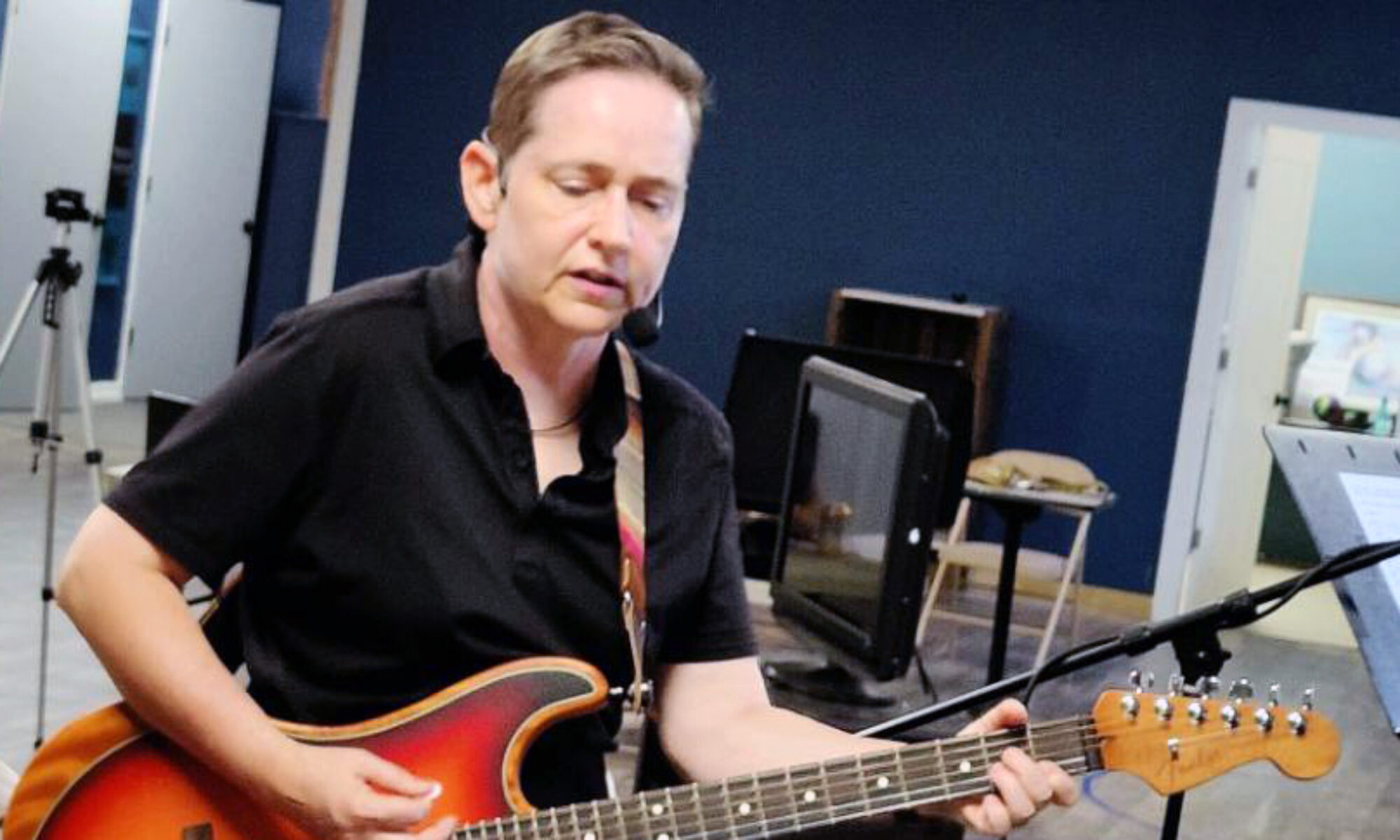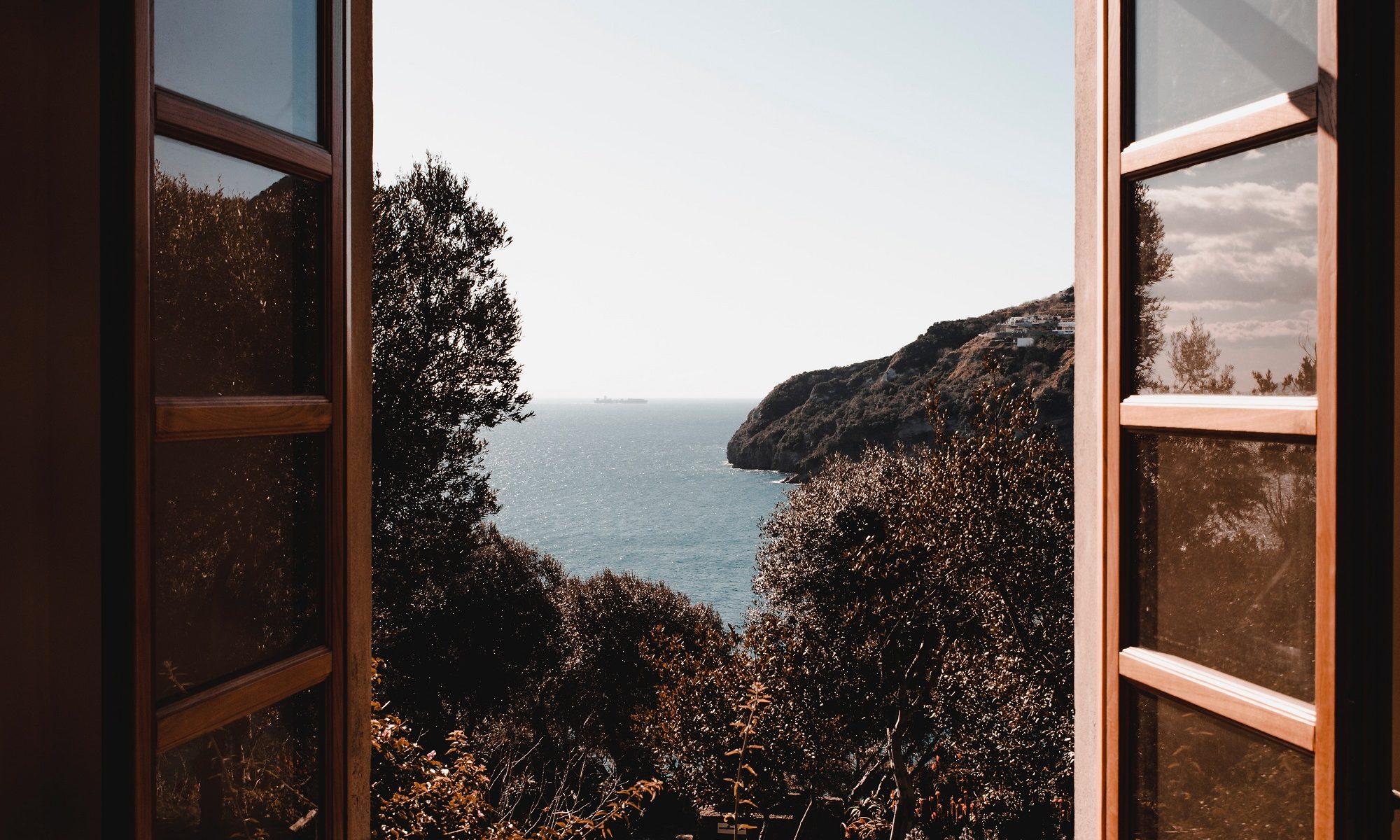Lesson 15: My thoughts are images that I have made.
In 2015, a photograph of a dress posted on the internet went viral. It seems that people could not agree on what color the dress was in “reality.” The controversy went on for months with people taking sides and launching all manner of arguments about why they were right and everyone else on the internet was wrong. It became a dividing line – a point of separation – between those who perceived “correctly” and those who didn’t.
The photo underscores how our brains work, according to neuroscientist Beau Lotto, author of Deviate: The Science of Seeing Differently, who told National Geographic:
“When you say things like, we don’t see reality, people think you’re being a post-modern relativist. That’s not the case. There is a physical world. It’s just that we don’t see it. Red doesn’t exist, the note ‘C’ doesn’t exist. These are all things inside our heads that we project out into the world.”
Which is exactly the point of today’s lesson: Our thoughts are images that we have made. We project out onto the world our ideas of what color clothing is and whether notes such as “C” exist. Because we project those images outward, we don’t understand that they came from nothing and when we stop believing in them, they return to nothing.
Our eyes do not “see,” the Course says, they simply make images that we invest our belief in and obviously will defend to the death on Facebook. The eyes take in the data input around us, Lotto says, but it’s our brain that generates the meaning of the image.
“The brain doesn’t just sit inside your skull,” he says, “it sits in an interaction between what’s inside your skull and its body, and the body in the world. That’s where perception lives. We often forget, especially in the contemporary digital world, that we evolved in this body, in this body in this world, and that’s where the brain makes meaning. Perception is in the space between.”
It’s that space between that the Course concerns itself with – sending miracles to shift that perception so we can begin to have what it calls “light episodes” where the things we perceive begin to have more “light” around them. This enables us to begin to see things more deeply – to develop “true perception” which is the ability to see through the images we make and realize they have no power to truly harm or alter our higher, divine Self.
By practicing today’s exercise of saying “This or that _____ is an image that I have made,” we can begin to string together more “light episodes” that can free us from our dualistic and rigid thinking that leads us to believe our limited egoic thoughts and perceptions are “true.”
I would suggest doing this exercise initially with things that don’t seem too important, like a pencil or a lamp, but challenge yourself once in a while. Look at something that is important to you and remind yourself it’s merely an image you made. Every text we consider holy, for example, whether it’s the Bible or the Course itself, is simply an image we have made. Our ego may rebel against such heresy, but if it’s true for a pencil, it’s equally true for something we hold sacred. We have given meaning to everything we see.
The Course has no investment in you believing it is the only path to learn the truth of who we are and what our purpose is here. You can burn the book or learn it word for word – the Course doesn’t really care. What it’s trying to teach us is that it is a “required course.” We are here to learn the truth about ourselves and how we perceive our world one way or another. The Course promises to help us learn more quickly if we embrace its instruction – but any other path could do that just as quickly if it contains the Truth we need.
In my fundamentalist Christian upbringing, questions, I was told, were “the devil’s playground.” Ask too many and you may question yourself right out of your beliefs.
This is the Course‘s goal – to help you question your way out of the ego’s belief system that keeps you locked into rigid beliefs and ideas about the world and our place within it.
The devil’s playground is dangerous to the ego’s power over us. That’s why the Course invites us to play here daily – questioning our thoughts and beliefs so we can be prepared to have knowledge revealed to us and our true vision restored.
The Muslim poet Rumi, in his poem “Vision,” likens this kind of questioning to opening a window so that we can allow True perception and knowledge to enter.
The Book, the rain of Divine Grace,
and the Light
are falling into my
house through a window
from my real and
original source.
The
house without a window is Hell:
to make a window is
the foundation of true religion.
Don’t thrust your
axe upon every thicket:
come, use your axe
to cut open a window.
Photo by Alessio Cesario from Pexels

